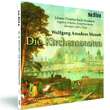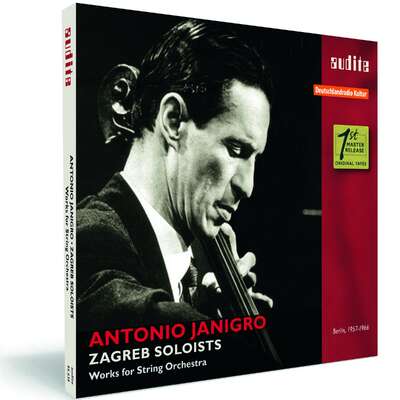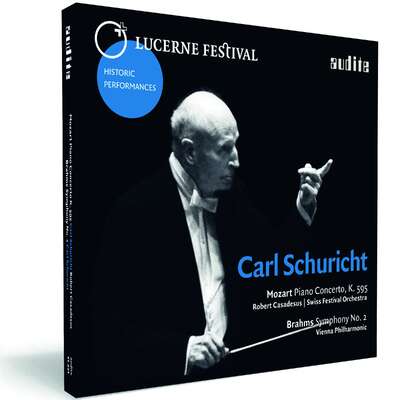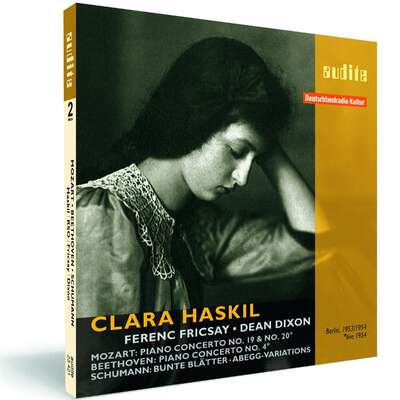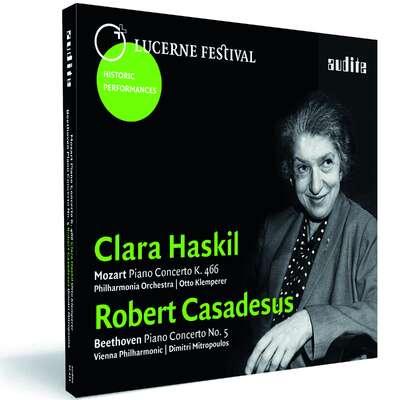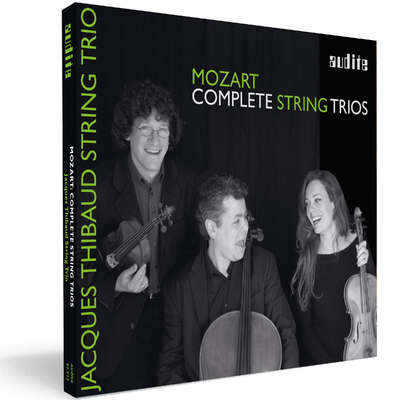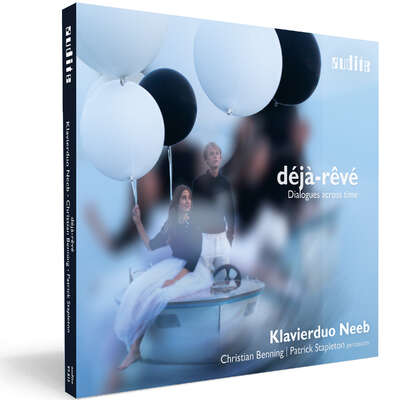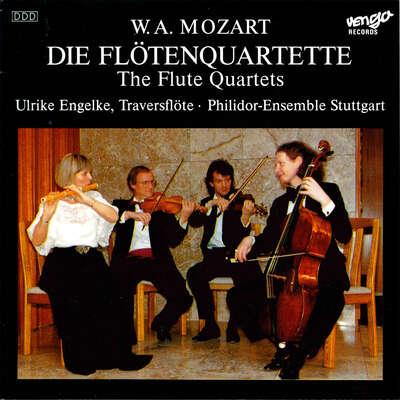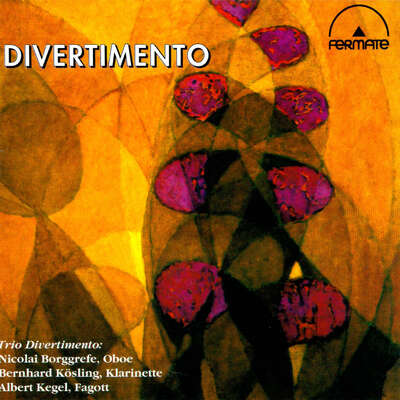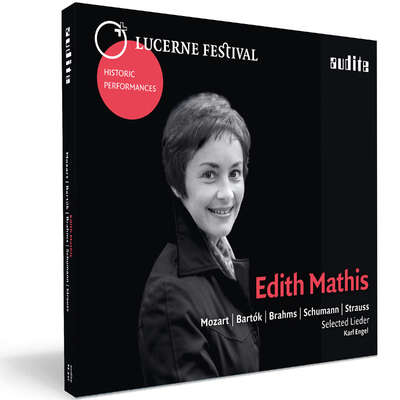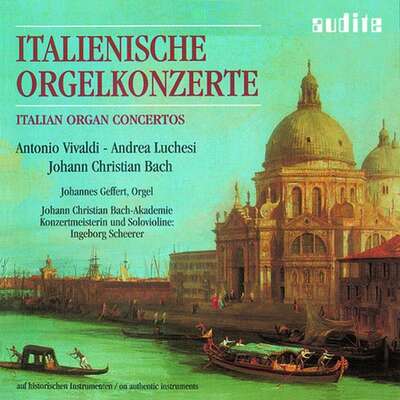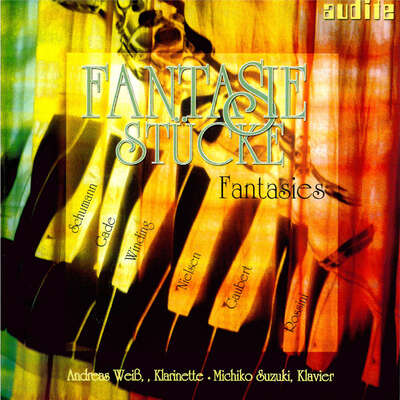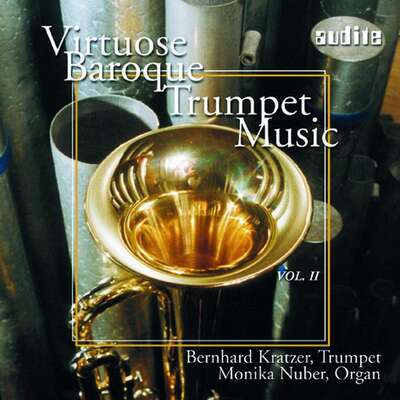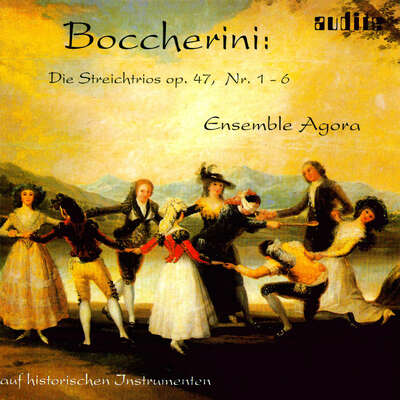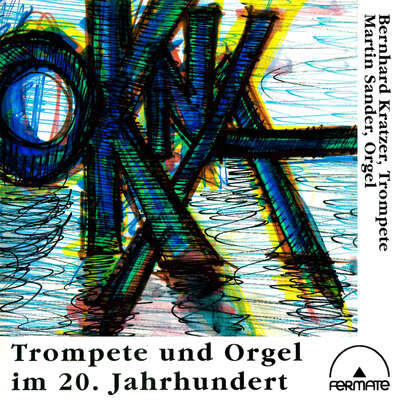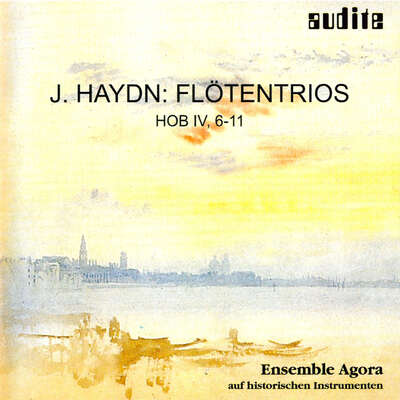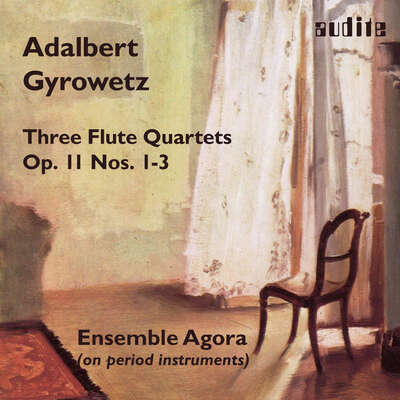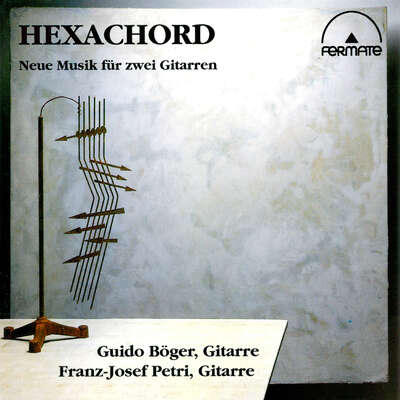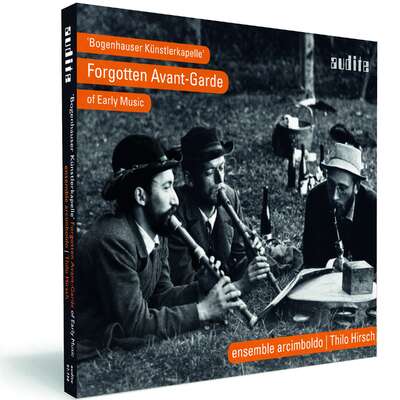
Originally composed as so-called "acoustical fillers" for the liturgy, Mozart's Church Sonatas are nonetheless anything but occasional compositions. Organist Johannes Geffert and the Johann Christian Bach Academy prove, with the present recording, that these works are autonomous works in their...more
"Le dialogue est étonnant de finesse grâce à un instrument à la sonorité cristalline et qui répond à l’impulsion rythmique des cordes." (Classica)
Details
| Wolfgang Amadeus Mozart: Church Sonatas | |
| article number: | 20.015 |
|---|---|
| EAN barcode: | 4022143200150 |
| price group: | BCA |
| release date: | 1. January 1995 |
| total time: | 76 min. |
Informationen
Originally composed as so-called "acoustical fillers" for the liturgy, Mozart's Church Sonatas are nonetheless anything but occasional compositions. Organist Johannes Geffert and the Johann Christian Bach Academy prove, with the present recording, that these works are autonomous works in their own right with significant musical content. The interpreters' joy in performing, together with their perfect craftsmanship and, in terms of sound engineering, the transparent transformation of the sound of historical instruments, allow these seemingly occasional pieces to flourish as little personalities.
Reviews
American Record Guide | May/June 2003 | David Mulbury | May 1, 2003
The 17 Church Sonatas are performed here by a string ensemble of 11 "historic" instruments, plus organ (of course, additional instruments--oboes,Mehr lesen
A major one is the inaudibility of the organ for 90% of the time. To be sure, these are not really organ sonatas where the organ has a solo role except in the last one of the series, K 328 in C. But the organ supplies the harmonic underpinning for a three-voice texture, where the two violins are treated primarily as soprano instruments--not the most ideally formulated of trio textures. Thus, the voice of the organ in this music is absolutely indispensable, yet it can seldom be heard in this recording. Another negative is presented by the random order of the sonatas-not the chronological order we normally expect.
Nevertheless, I would recommend this 1995 recording. It was made in the Christuskirche in Bruhl, near Cologne. While there is not much resonance in the room, the recorded sound is live and quite excellent. Johannes Geffert's playing of the concertante solo part in K 328 is fluent and elegant. My first choices remain the Naxos and AVM recordings, and above all, the E Power Biggs (still unavailable on CD).
Pizzicato | 09/2001 | Rémy Franck | September 1, 2001
Wiederveröffentlichung der auf historischen Instrumenten zupackend gespielten Kirchensonaten, in denen die Orgel sehr diskret in den OrchesterklangMehr lesen
Alte Musik Aktuell | April 1995 | Johan van Veen | April 1, 1995
In dieser Aufnahme werden Violine I und II von je vier Violinen gespielt, und die Baßstimme wird von zwei Violoncellos und einem Kontrabaß dargestelt. Der so entstehende volle Klang hat mich überzeugt. Außerdem wird hier sehr gut gespielt, sowohl vom Organisten wie vom Ensemble.Mehr lesen
